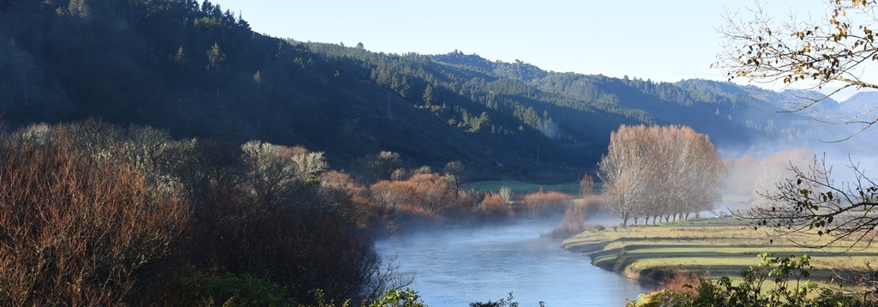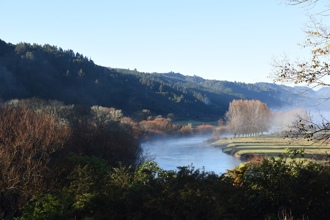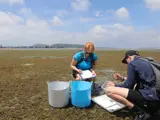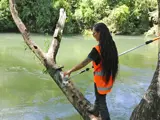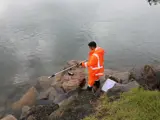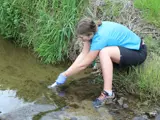The number next to each document indicates the level of detail and complexity that it contains. This can help you find the right type of information to suit your needs.
X1 = a simple summary or regional snapshot giving a quick high-level overview of the quality of the region’s resources. These are updated at least annually and can either be for a single resource (e.g. air quality, water quality) or for all resources.
X2 = an integrated report with more detail. These reports cover most or all resources (e.g. water quality, soil health, estuary health).
X3 = Technical information often presented as educational factsheets or story maps so you can upskill and get informed. These are for a single resource (e.g. air quality, water quality) and summarise the reports in X4.
X4 = Detailed discipline-specific technical information which reports technical results and/or evidence. These will be particularly useful for specialists who seek detailed insights on complex data. These reports are updated when there is enough new data – this can often be up to 10 years depending on how quickly things change.
X5 = Data libraries that contain complete datasets of measurements from monitoring sites across the Bay of Plenty. Can be viewed as a continuous dataset or the date ranges can be customised to view specific events. All quality assured data is available for download.
If you have any questions about our environmental data, email us at info@boprc.govt.nz
Please note, this page contains only the most recent reports for our region. All previous versions are available on the publications page.

